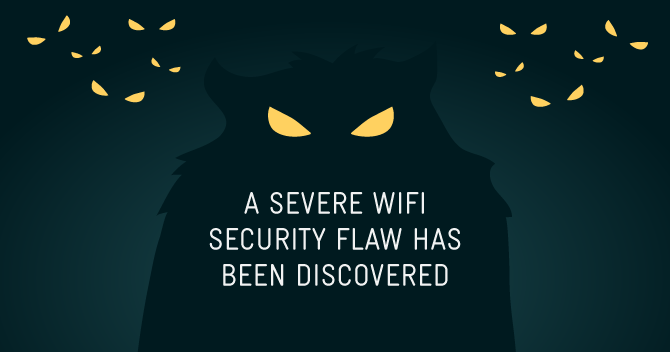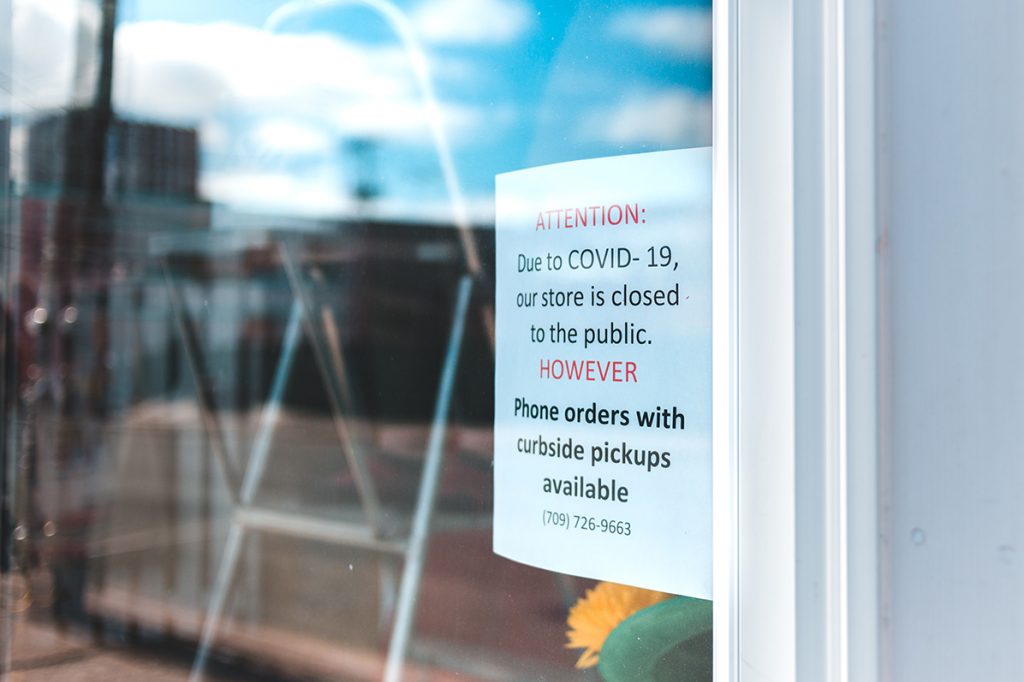Since the 16th of October (3 days ago at the time of publishing this post), you’ve likely heard about the discovery of a huge security flaw with wifi internet connections. The most alarming thing is that almost everyone is affected by this breach, including people using their own home wifi networks.
In this post, we’ve broken down the jargon to let you know exactly what’s happening and how to protect your wifi at home or work.
What is the security flaw?
A Belgian team of researchers discovered a security vulnerability in the WPA2 protocol. The WPA2 protocol is a system of rules that manage how wifi networks work and behave. This system of rules is installed and in use on almost every single modern wifi modem or router. As such, almost everyone using a wifi network either at home or at work is affected.
As it turns out, the researchers have found a loophole in the rules that opens up the possibility for hackers to tap into a wifi network and steal sensitive information being sent back and forth over that network, such as stealing your credit card details when you type them in to buy something online, or nabbing your password when you type it into a website’s login screen.
If you’d like to read a more technical insight into the security flaw, you can check out the official website here.
Who is affected?
The vast majority of people using a wifi connection, both at home and in the workplace, will be affected. WPA2 is by far the most common protocol in use among wifi modems and routers today.
A wifi modem/router is the piece of equipment emitting the wifi signal, which you are connecting to when you join a wifi network.
How do I protect my home or work against this issue?
The manufacturers of most wifi modems and routers are currently working hard to release patches for their products, to protect their customers from this issue as quickly as possible.
The best thing to do is to check the website of the manufacturer of your wifi modem or router and see if they have released a recent update for your model (16 October or later). Here is a list of popular modem/router manufacturers and whether or not they already have, or plan to, release a patch to protect their customers against this vulnerability.
If you’re unsure how to install an update for your modem or router, we would recommend checking the manufacturer’s website for support guides, or simply give them a call.
Do I need to change my wifi network’s password?
No. Your wifi network’s password does not come into the equation with this particular security flaw. Therefore, you do not need to change it.
Think of it like having a password entry on your home’s front door. In this case, the hackers have made it in through the plumbing. Your password is therefore still intact and doing its job, and has not been part of the compromise.








